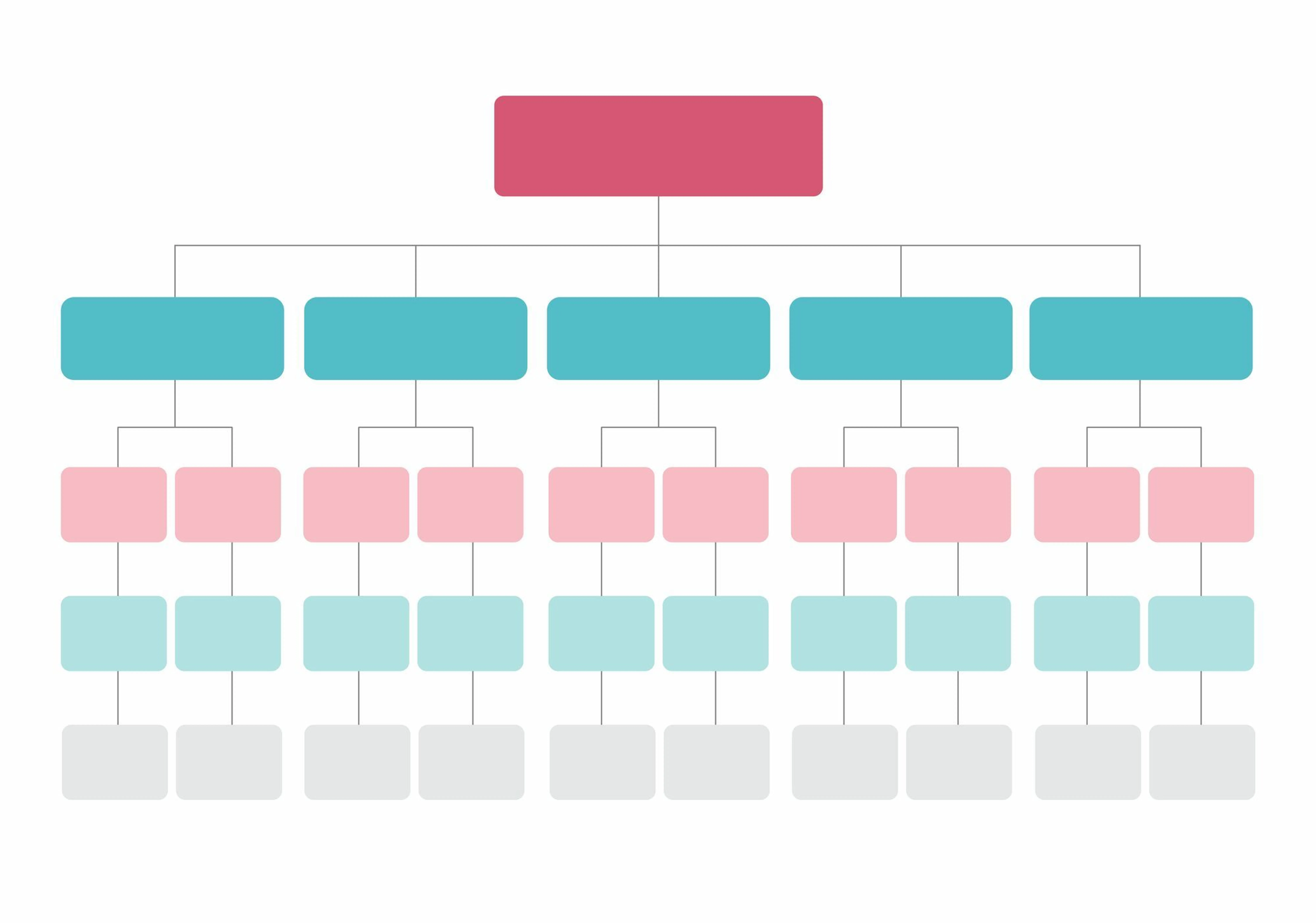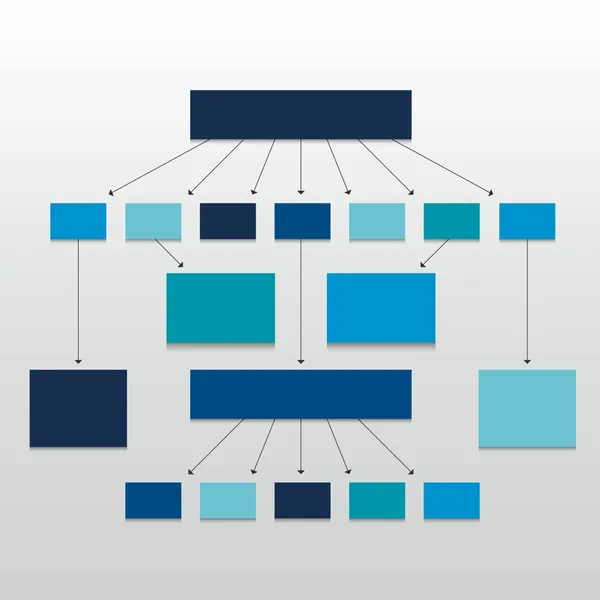Did you know that according to the latest research, pages with a well-organized topic silos structure are 43% more likely to rank first in Google? Automatic topic silos building has become a game-changer for anyone who wants to conquer search results.
What are topic silos and why are they important for SEO?
Topic silos are a way of organizing content on a website, where you group similarly themed articles into separate categories. It's a bit like sorting socks in a drawer - they're easier to find when you keep them in separate compartments. This structure helps search engine robots better understand what your page is about and what topics are key to it.
Topic silos help search engine robots index your page faster and understand its structure. And the better they understand your page, the higher they'll rank it in search results. It's like getting bonus points for tidying up your closet!
In addition, topic silos are a real gift for users. When someone comes to your page looking for a bread recipe, they'll immediately find a whole section with similar articles. It's like opening a library catalog and finding a whole shelf of books on the topic they're interested in. Easy, pleasant, and without unnecessary wandering around the page.
Let's look at an example of a food blog. Instead of throwing all your recipes into one bag, you can divide them into categories: breakfasts, lunches, desserts, dinners, and snacks. Each category will contain articles related to a specific topic. The result? A reader looking for a dinner idea will immediately go to the right section and find a lot of inspiration. And Google's robots will easily recognize that the main topic of the blog is cooking, and the subcategories represent key subtopics. That's a recipe for SEO success!
How is AI revolutionizing the process of building topic silos?

In the past, to create a well-organized page structure, you had to manually review each article, analyze its topic, and assign it to the appropriate category. It's like dealing with each sock yourself - time-consuming and often frustrating. But now, thanks to AI, this process has become much easier and faster.
Imagine having hundreds of articles on your website on various topics. AI, like a wise advisor, reviews them all in the blink of an eye and automatically groups them into thematic categories. It uses advanced natural language processing (NLP) and machine learning techniques to do this. It's as if AI could understand the meaning of each article and find similarities between them.
Let's take an example. You have a healthy lifestyle blog where you write about diet, exercise, and meditation. Traditionally, you would have to review each post and manually assign it to the appropriate category. But with AI, it's completely different. AI-based tools analyze the content of your articles, find key words and phrases, and then automatically assign them to matching categories. Diet to the "Nutrition" section, exercise to "Physical Activity" and meditation to "Personal Development". Simple, fast and error-free!
What's more, AI can also detect hidden connections between topics that might escape the human eye. It can notice that articles about yoga often mention meditation and suggest combining these categories. Or it can see that posts about healthy snacks fit both the "Nutrition" and "Recipes" sections. It's like AI is your personal content organization advisor, telling you how to improve the structure of your page.
With such automation, the process of building topic silos becomes not only faster but also more precise. AI doesn't skip any articles or make mistakes in categorization. And you save time and energy that you can spend on creating valuable content for your readers.
Remember, though, that although AI is a powerful tool, it will not completely replace human intuition. Treat it as a wise assistant that tells you how to organize your content, but always make the final decisions yourself. Because you know your niche and you know what is important to your audience.
What AI tools are necessary to automatically build topic silos?
Automatically building topic silos is not just a fashionable trend, but a necessity. Fortunately, with the development of artificial intelligence, tools have emerged that make this process easier than ever before. Here are the tools that will help you create a silo structure on your site.
WordLens AI - is a real harvester for content analysis. WordLens uses advanced NLP algorithms to scan your site and automatically group articles into coherent topic categories. It's like having a personal assistant who reads every post you make and arranges them into perfectly organized piles. And the best part? WordLens constantly learns and adapts to your niche, providing increasingly relevant silo suggestions.
SemanticMapper Pro - If you're looking for a tool that not only groups content, but also helps with internal linking optimization, then SemanticMapper is for you. Using machine learning, it analyzes the relationships between your articles and suggests how to connect them with links to achieve a strong silo structure. It's like it's creating a treasure map for you, leading to better search engine results.
TopicCluster - This tool is a genius at detecting subtopics and long tail keywords. It analyzes your content and competition to find hidden opportunities to develop silos. Imagine TopicCluster as your personal detective, catching even the smallest topic nuances and suggesting how to use them to build a deeper silo structure.
AutoSilo - If you value simplicity and efficiency, AutoSilo is for you. This tool automates the entire process of building silos - from content analysis, through category suggestions, to link structure optimization. Just point it at your site, and AutoSilo will take care of the rest. It's like having your own SEO specialist who works 24/7 to ensure your site has a perfectly organized structure.
SiloMind - This tool is a true visionary in the world of topic silos. It not only analyzes your existing content, but also proactively suggests new topics and subcategories that will help you develop your silos structure. SiloMind is like a strategic advisor who always keeps an eye on your competition and suggests how to get one step ahead of them.
Of course, choosing the right tool depends on your individual needs and budget. Some, like WordLens AI, are perfect for smaller sites and blogs. Others, like AutoSilo, are designed for large sites with an extensive content structure.
Regardless of which tool you choose, remember that AI is your ally, not your competition. Use its potential to automate tedious tasks and focus on creating valuable content for your audience. After all, it is the combination of technology and human creativity that is the key to SEO success.
How to implement AI to build silos on your website?

Step 1: Analyze the current structure of the site
Before you start building silos with AI, you need to understand your current content structure. It’s like looking at a house plan before you start renovating. Use tools like WordLens AI to scan your site and get an overview of existing categories, subpages, and the relationships between them. Look for places where content is duplicated, where logical connections are missing, or where categories are too broad.
Step 2: Identify Major Themes and Subthemes
Now that you have a clear picture of your current structure, it’s time to identify the top topics and subtopics around which you’ll build your silos. Imagine your site is a tree—topics are the branches, and subtopics are the sub-branches. Use tools like TopicCluster to uncover top topic areas and long-tail keywords. These will serve as the foundation for your silos.
Step 3: Automatic content grouping
This is where the AI magic comes in! Use tools like AutoSilo to automatically group your existing content into coherent topic silos. AI algorithms will analyze each article, detect similarities, and suggest optimal categorizations. It's like having an army of little helpers that organize your content into perfectly organized piles in the blink of an eye.
Step 4: Optimize Internal Linking
Topic silos are not just about grouping content, but also about strategic internal linking. This is where tools like SemanticMapper Pro come in handy, analyzing the relationships between your articles and suggesting how to link them together to strengthen the silos. Imagine building a network of highways between your silos - the better the communication, the easier it is for search engine robots to understand and appreciate your site.
Step 5: Testing and Tuning
Automation is a powerful tool, but it’s not always perfect. Once you’ve implemented AI-assisted silos, take the time to manually test and fine-tune your structure. Check that the suggested categories make sense, that internal links lead to the right places, and that users can easily navigate your site. Treat AI as a wise advisor, but always retain ultimate control over your site structure.
Step 6: Monitor and Optimize
Building topic silos is not a one-time task, but an ongoing process. Regularly monitor your structure with analytics and AI tools to identify potential issues and areas for optimization. It may turn out that as your site grows, new topics and subcategories will emerge that are worth including in your silos. Be open to changes and let AI be your guide on the path of continuous improvement.
Remember that implementing AI to build topic silos is a process that takes time and patience. Don't expect immediate results, but watch as your site gains clarity, consistency, and authority in the eyes of search engines. With each step, you are getting closer to SEO perfection, and AI is your ally on this journey.
If you feel overwhelmed at first, don't worry - it's normal. Start small, test different tools, and gradually develop your silos.
What are the challenges and pitfalls when automating topic silos?
Over-optimization
One of the most common mistakes when implementing AI in content structuring is relying on it 100%. Remember, AI is a tool, not an oracle. If you uncritically accept every suggestion from AI, you can end up with over-optimized silos that look artificial and unnatural. Always maintain a healthy skepticism and manually review proposed changes. Treat AI as an advisor, but make the final decisions yourself.
Losing the human touch
While automation is a wonderful thing, don’t let it completely replace human intuition and creativity. Your site should reflect your unique perspective and style, not be a sterile construct built solely by algorithms. Make sure that your silos have room for unconventional ideas and your own perspective on topics. After all, people, not robots, are your audience.
Remember that AI is a support, not a substitute for your own knowledge and skills. Don’t fall into the trap of thinking that implementing automation alone will solve all your SEO problems. You still need to invest time in learning, following trends, and experimenting. Treat AI as a powerful tool in your arsenal, but don’t neglect developing your own skills. After all, you, not algorithms, are the brains of the operation.
Neglecting other aspects of SEO
Building topic silos is an important part of your SEO strategy, but it’s not the only one. Don’t make the mistake of focusing too much on content structure to the point of neglecting other key factors like meta tag optimization, external linking, and user experience. AI can help you organize your silos, but you’re responsible for taking a holistic approach to optimization. Keep it balanced and don’t forget the basics.
Summary
Automatically building topic silos using AI tools has become an essential element of modern SEO. Thanks to solutions such as WordLens AI, SemanticMapper Pro or AutoSilo, the process of organizing content on a website is faster, easier and more precise than ever before. Implementing AI in structuring silos helps to gain higher positions in search results, increase organic traffic and build the authority of the site in the eyes of indexing robots.
However, automation is not everything. The key to success is a skillful combination of AI capabilities with human intuition, creativity and SEO knowledge. Treat AI as a wise advisor, but always maintain control over the final shape of your silo structure. Regularly test, monitor and optimize your silos, and over time you will see impressive results in search engine rankings.
Frequently asked questions
What are topic silos and why are they important for SEO?
Topic silos are a way of organizing content on a website by grouping thematically similar articles into separate categories. This structure helps search engine robots better understand and index the page, which translates into higher rankings.
What AI tools are useful for automatically building topic silos?
Some of the best AI tools for automating silos include: WordLens AI (for content analysis and grouping), SemanticMapper Pro (for internal linking optimization), TopicCluster (for discovering subtopics and long-tail keywords), AutoSilo (for comprehensive automation of the entire process), and SiloMind (for proactively suggesting new topics and subcategories).
How to implement AI to build silos on your website?
The process of implementing AI to build silos consists of several steps: analyzing the current structure of the site, identifying main topics and subtopics, automatically grouping content, optimizing internal linking, testing and tuning, and regular monitoring and optimization.
Will automation of topic silos replace human knowledge and SEO skills?
No, automation is a powerful tool, but it won’t completely replace human intuition, creativity, and SEO knowledge. The best results are achieved by combining AI capabilities with expert judgment and adapting automatically generated silos to the unique needs and goals of the site.
What are the challenges and pitfalls when automating topic silos?
Some of the most common challenges include: over-optimization (uncritically relying on AI suggestions), losing the human touch (creating a site that lacks a unique character and perspective), and neglecting other aspects of SEO (over-focusing on silos to the exclusion of other important ranking factors).

Adam Naworski



